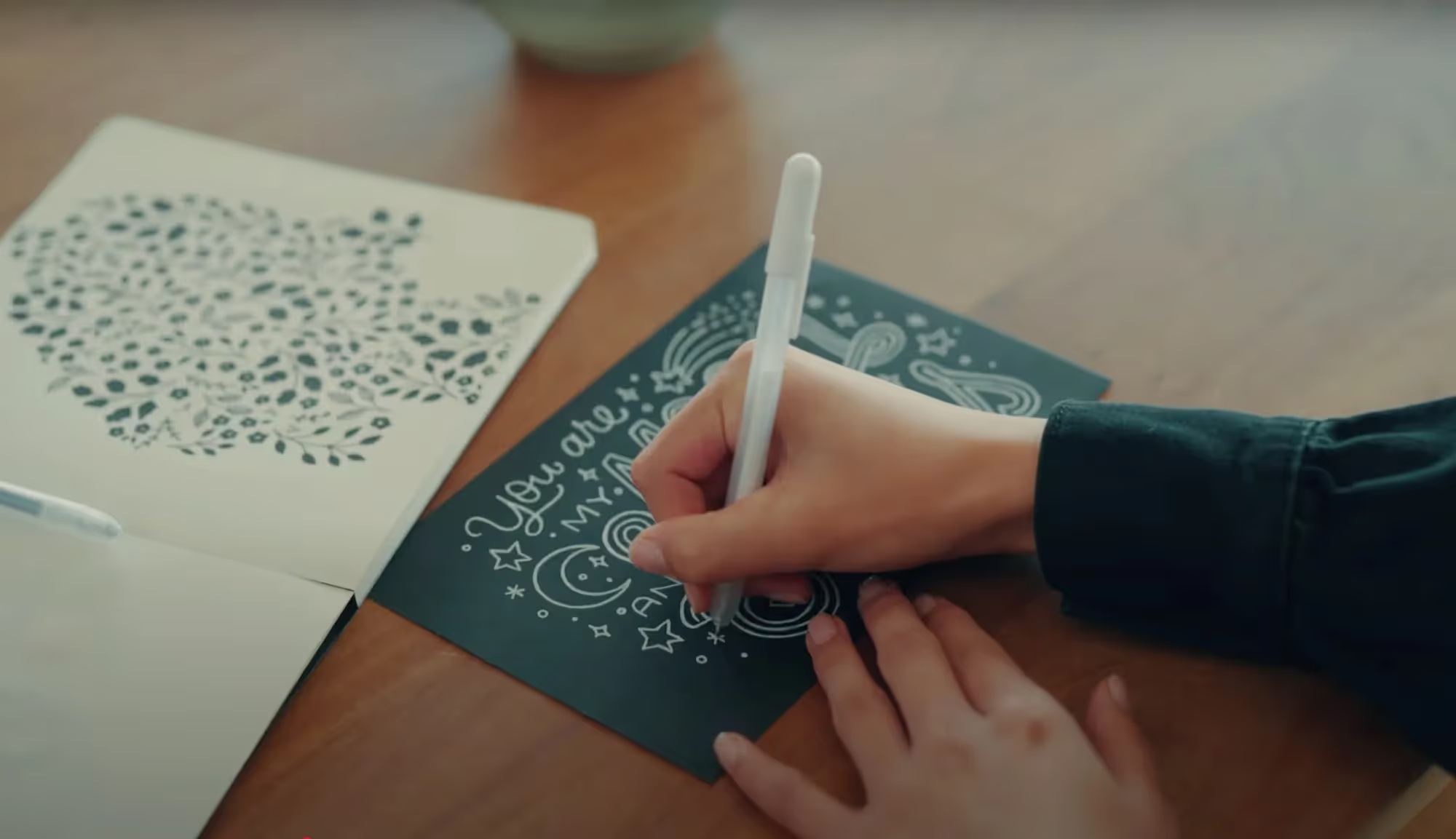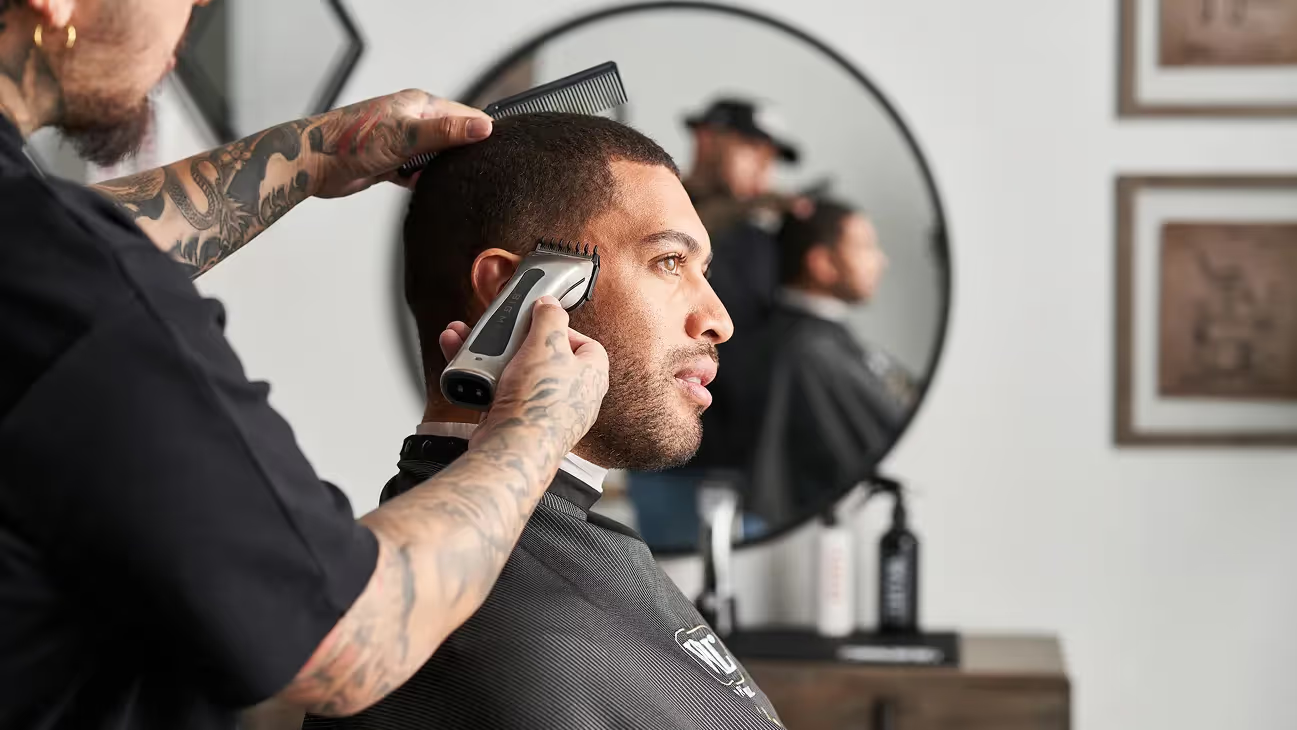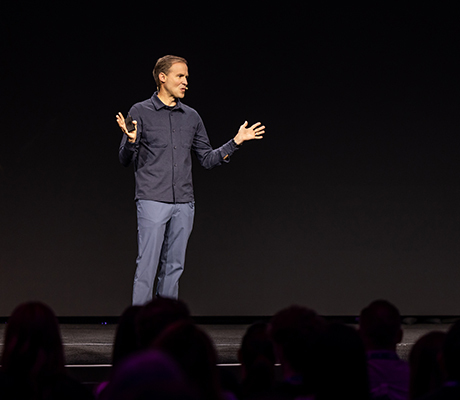The Rise of Beauty Brands on Amazon
The beauty category has emerged as a powerhouse of online shopping. Search demand* for beauty and personal care brands has increased over 60% on the ecommerce platform since the pandemic.
This surge can be attributed not only to the growing influence of digitally native consumers but also to a significant demographic shift.
*”Search Demand” refers to the number of people searching for a given product on Amazon, not purchases
Key Takeaways
- The category has profited from the rise of digitally-native consumers, who are comfortable making purchases in untraditional ways. Social media influencers are the top source for consumers seeking beauty product information, with 67% of consumers turning to them. Second to influencers are third-party reviews, with 59% of consumers using them for purchase decision-making.
- Tween and teen preferences also appear to be a strong force driving growth. Despite some consumers being barely a decade old, young Gen Z and Gen Alpha consumers are increasingly making their mark. Top brands are capitalizing on this trend, tailoring their products and marketing strategies to appeal to this younger demographic.
Consumer Demand Growth of Specific Brands in the Last Year
What we’re seeing: The following beauty brands experienced the most significant growth in search demand from 2023 – 2024.
- Colorescience +509%
- Summer Fridays +478%
- Moroccanoil +372%
- Tower 28 Beauty +323%
- Byoma +300%
- Clean Skin Club +188%
- Saie +164%
- eos +158%
- TOCOBO +155%
- LANEIGE +149%
Despite the aforementioned growth, only a handful of the above beauty and personal care brands managed to land as a top 30 most-searched on Amazon this year, such as LANEIGE and eos. Below is the full list:
- e.l.f. Cosmetics
- Bubble
- CeraVe
- RoC
- Dove
- Simple
- La Roche-Posay
- Neutrogena
- L’Oreal
- NYX Professional
- Sol de Janeiro
- Aquaphor
- Maybelline
- The Ordinary
- Cetaphil
- Aveeno
- Vaseline
- Anua
- Revlon
- Mielle Organics
- LANEIGE
- OPI
- COSRX
- Redken
- Clinique
- Dior*
- NIVEA
- eos
- OLAY
- Rare Beauty*
*While these brands are sold on Amazon, the brand does not have a dedicated distribution partner. These are the brands that are being searched for, showing the intent of customers regardless of the presence of these brands on the marketplace. With 37% of beauty product searches originating from Amazon, the platform is more of a search engine than one may realize — which is why brands should prioritize finding a knowledgeable distribution partner to optimize their Amazon presence.
While some of the brands are designed specifically for tweens and teens, others are capitalizing on this trend with targeted marketing to capture the younger market. Bubble is a great example of this strategy. A glance at Bubble’s website quickly reveals their appeal to a youthful audience in their packaging and branding.
A Moment for Sunscreen
As seen in the chart above, brands that have a strong suncare offering—like Colorescience, TOCOBO, Summer Fridays, and more—have experienced a significant amount of growth in the last year.
This could be attributed to the fact that sunscreen is having a moment, as detailed in a recent BeautyMatter article. There is a significant trend towards hybrid sun care products that combine SPF protection with skincare benefits such as anti-aging properties (e.g., SPF-containing moisturizers).
The crux: Customers are purchasing skincare solutions that combine multiple functions or benefits in the same product.
Controversy and Conversations
This trend has not been without controversy.
The hashtag #sephorakids sparked conversations earlier this year about the “epidemic” of teens and preteens inundating beauty stores. Others have argued about the negative effects of unrealistic beauty standards on young teens. Dermatologists have also weighed in, cautioning that not all products are suitable for younger skin and emphasizing the importance of age-appropriate skincare routines.
The Dominance of e.l.f. Cosmetics
Diving into the numbers, e.l.f. Cosmetics has not only captured the attention of the younger demographic, but has also established itself as a dominant player in the beauty market.
Their strategic focus on affordability and social engagement has resonated well with Gen Z consumers. Of the nearly 200 brands we analyzed, e.l.f Cosmetics accounted for over 6% of beauty and personal care product searches.
Methodology
Pattern’s data science team analyzed search demand (or the number of people searching for a given item during a given period) on Amazon from an assortment of nearly 250 popular beauty and personal care brands to dive into growing consumer demand for the category.


.jpg)





.jpg)
.jpg)
